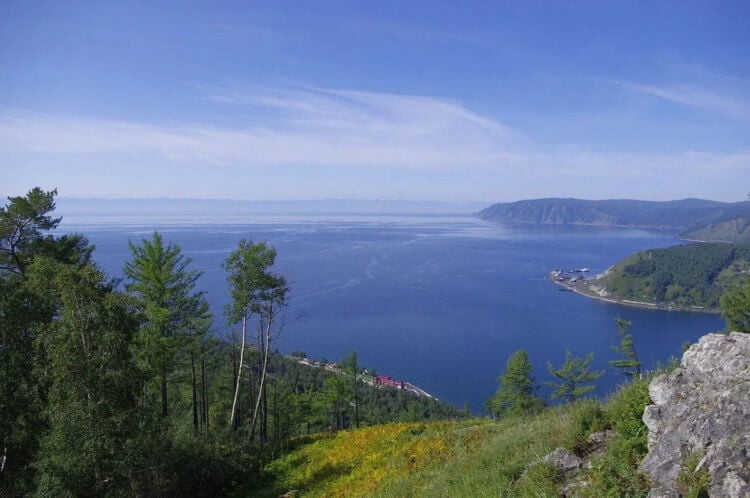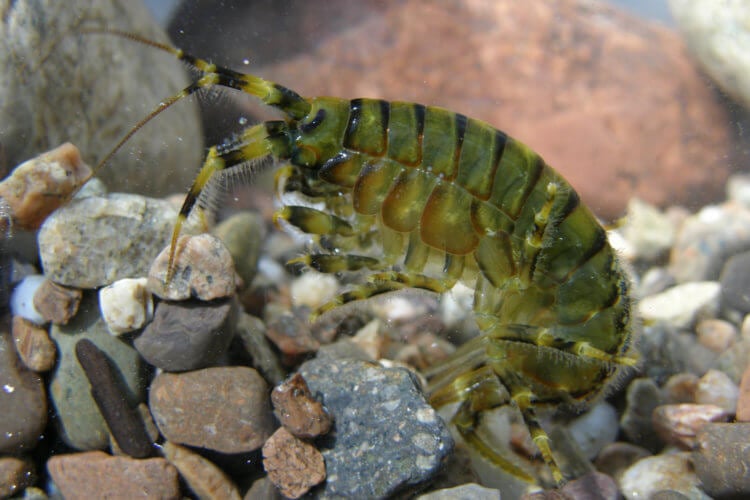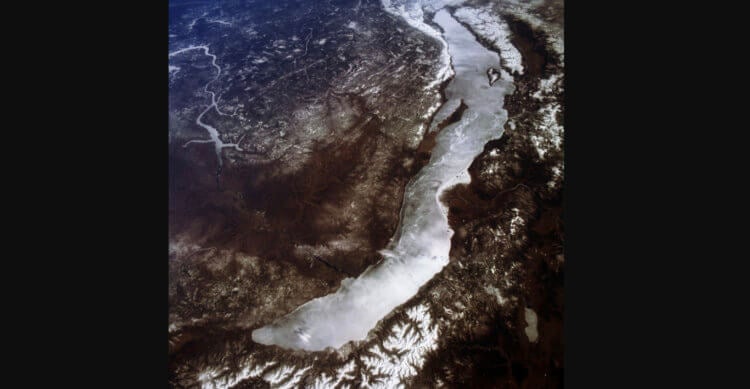One of the most amazing natural formations on the planet – Lake Baikal – is the only freshwater in the world and contains about 20% of all fresh water resources on Earth. Moreover, Baikal is also the deepest lake in the world (depth exceeds 1600 meters), and its ecosystem is rich in biological diversity and many endemic species. One of the key aspects of Baikal's ecosystem is its incredibly clear and clean water, so much so that objects can be seen in it at depths of up to 40 meters. Unfortunately, in recent decades, the Baikal ecosystem has faced a number of serious problems that may negatively affect its condition in the future. Thus, the results of previous studies have shown that climate change has both indirect and direct effects on organisms and processes in the lake: rising water temperatures, changes in precipitation patterns and other climate changes are fraught with migration and extinction of some species. But these are far from the only problems.

The ecosystem of Lake Baikal is under threat due to climate change
Photo: W0ZNY/WIKIMEDIA COMMONS
A unique lake
The largest and oldest freshwater lake arose during the time of dinosaurs, and its modern fork acquired long before our distant ancestors appeared on the planet. Due to its age and isolation, Lake Baikal hasexceptional biodiversity. Interestingly, Baikal acquired its current deep and oxygenated character only in the late Pleistocene (from 2.6 million to 11,700 years ago), and among its diverse fauna, gammarid amphipods and sculptines are especially well studied.
Alas. , but the existence of this wonderful ecosystem is in danger of extinction. Some scientists believe the lake may be experiencing an ecological regime shift, which should provide respite for creatures living in a larger but still limited ecosystem—one that is also rapidly warming.

Pollution of Lake Baikal is a serious problem that requires urgent action
Image: theacademic.com
This interesting: The most amazing dinosaurs that lived in Russia millions of years ago
The most obvious problem is water pollution – industrial emissions, oil products, chemicals and garbage can enter the lake, disturbing its ecological balance and threatening the health of living organisms. Increased tourist activity is also putting pressure on Lake Baikal's ecosystem, especially near popular tourist spots and national parks.
And although many scientists believed that 20% of Baikal's fresh water and its size could be resistant to change, data obtained over more than 60 decades of scientific research have shown that this is not so. In addition to environmental pollution, Baikal is warming up, and the annual duration of the ice composition is becoming less and less.

The biodiversity of Lake Baikal is amazing^ Phys.org
Read also: More than half of the largest lakes and reservoirs on Earth may soon dry up
Experts note
that to preserve the unique ecosystem of the lake it is necessary totaking urgent measures to protect and restore its natural resources. This includes tightening environmental standards for industrial enterprises, implementing water treatment and conservation measures, monitoring tourism activities and conducting educational programs to maintain awareness of Lake Baikal's environmental issues.
Algae, wind and climate change
The first major report to present a comprehensive analysis of data collected by an international team of researchers reveals biological changes accompanying warming at Lake Baikal. Scientists have found thatthe mass of algae overall is increasingas is the abundance of a group of widespread zooplankton (cladocerans, which thrive in warmer temperatures). In contrast, the population of the endemic, cold-loving Epishurella (a type of small crustacean) is either declining slightly or remains stable.
Because of physiological and other differences between zooplankton types, the study authors hypothesized that if these trends continue or intensify, they could significantly affect nutrient cycling in the lake, with widespread ecological consequences.

Lake Baikal is home to the world's only species of freshwater seal, the seal (Pusa sibirica). Photo credit: andreigilbert/Getty Images
Through additional analysis of data obtained from shallow sediment cores, we examined how natural and human-induced changes affected nutrient and chemical cycling in the lake and, ultimately, changes in algal productivity, the authors report. p>
Researchers are also paying attention to an increase in wind strength over the lake, which could cause more intense «ventilation» deep-sea areas. The reason for the increase in wind strength is not yet reliably known, but it is likely due to a decrease in ice cover along with an increase in air and surface water temperatures.
Do you want to always be aware of the latest news from the world of science and high technology? Subscribe to our channel on Telegram – so you definitely won’t miss anything interesting!
These and other data then formed the basis of a mathematical model of the Baikal aquatic ecosystem, developed by researchers from Michigan State University and the Berlin Institute of Freshwater Ecology and Inland Fisheries. Leibniz. In the model, scientists seek to integrate biological interactions between organisms with changes in the physical environment. Their main goal is to better understand the causes of recent changes in seasonal patterns of algae abundance, especially in winter.
Sunlight and winter ice
On Lake Baikal, where sunlight penetrates clear winter ice, algae production traditionally peaks in winter and early spring—another unusual feature of this system. In the late 20th century, these peaks were often delayed, weaker, or simply absent. Data from the studies revealed these patterns, which are rarely assessed in lakes due to their targeted sampling during the winter.
A model that takes into account Epishurella abundance and grazing, and also considers individual populations of algae adapted to cold and warm water, suggests that these changes in algal abundance may be largely the result of declining annual ice cover, and that if ice cover continues to decline, the winter algal peak may disappear altogether.

Lake Baikal is huge, containing 20% of the planet's liquid fresh water. (Photo courtesy of Astromujoff/Getty Images)
Don’t miss: Why do rocks with “legs” made of ice appear on Lake Baikal?
Note that the model is quite complex, but its predicted results are, at least in part, due to the greater ability of Epishurella to suppress the growth of algae populations by consuming them when there is less ice cover.
The model also describes&# 171;regime change»– a smooth transition of a system from one state to another, including a different range of variations. While no model is definitive and may evolve as our understanding of the ecological interactions of this ancient and unique ecosystem evolves, the contrast between regime shifts and sustained, gradual change is troubling and even frightening.

Lake Baikal – the pearl of Siberia
(Image: A-z-animals.com)
One way or another The findings indicate that global warming and other human-caused environmental changes can sometimes cause dramatic shifts in ecosystems that may be difficult to both predict and reverse.